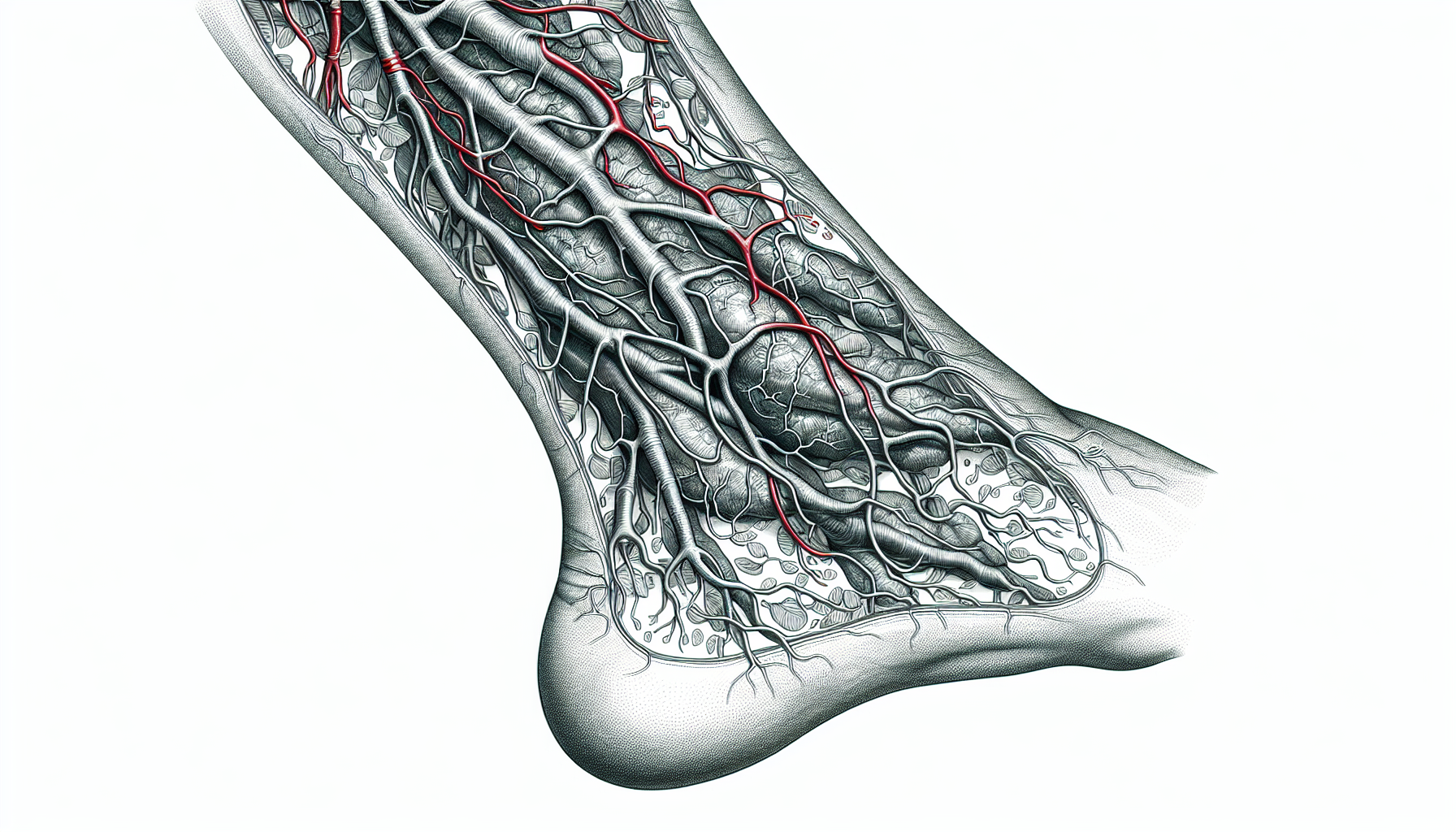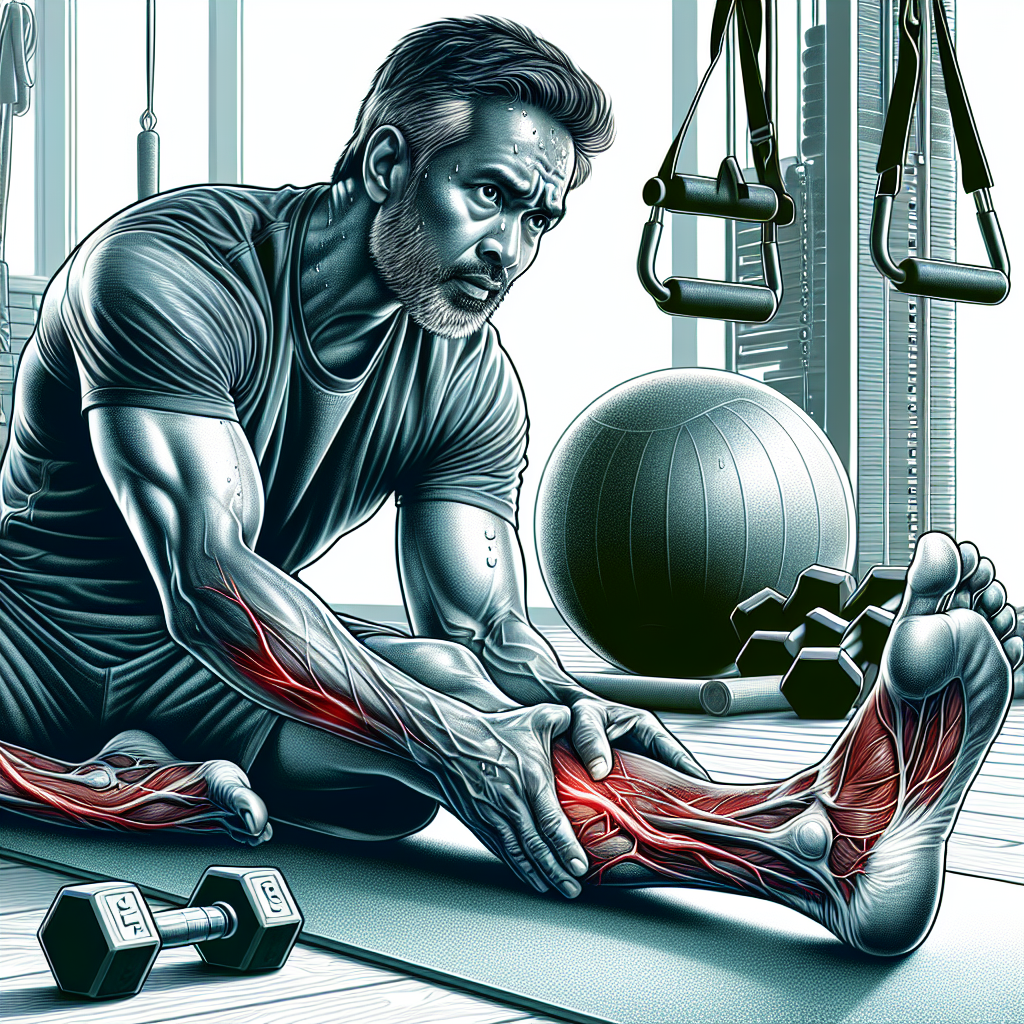Varicose veins, those twisted, enlarged veins that most commonly appear in the legs and feet, are often considered a cosmetic concern or a minor annoyance associated with aching pain and discomfort. However, their presence may have more significant implications for cardiovascular health than previously thought. This article delves into the nature of varicose veins, their potential impact on the cardiovascular system, and strategies for managing and preventing complications.
Understanding Varicose Veins
Varicose veins occur when your veins become enlarged, dilated, and overfilled with blood. Typically, they appear swollen and raised, with a bluish-purple or red color. They are often painful. The condition is very common, particularly in women. While varicose veins can occur anywhere in the body, they are most commonly found in the legs.
Veins have one-way valves that prevent blood from flowing backward. When these valves fail, blood begins to accumulate in the veins rather than continuing toward your heart. Varicose veins often affect the legs because they are the farthest from the heart, and gravity makes it harder for the blood to flow upward.
Possible Cardiovascular Implications
While varicose veins themselves are not a serious medical condition, they can be a symptom of circulatory problems. All veins carry deoxygenated blood back to the heart to be recirculated. If this process is hindered, it could potentially affect cardiovascular health.
The most direct cardiovascular concern associated with varicose veins is chronic venous insufficiency (CVI). CVI occurs when the venous wall and/or valves in the leg veins are not working effectively, making it difficult for blood to return to the heart from the legs. CVI can lead to symptoms such as swelling, pain, and changes in the skin. Over time, it can increase the risk for more serious conditions such as deep vein thrombosis (DVT).
For more in-depth information on cardiovascular health, visit Avix Health’s Cardiovascular Health page.
Risk Factors and Prevention
Risk factors for varicose veins include age, gender, family history, obesity, standing or sitting for long periods, and pregnancy. To prevent or minimize the risk of developing varicose veins and associated cardiovascular issues, consider the following strategies:
- Exercise regularly to improve your leg strength, circulation, and vein strength. Focus on exercises that work your legs, such as walking or running.
- Control your weight to avoid putting too much pressure on your legs.
- Elevate your legs when resting, as much as possible.
- Avoid long periods of standing or sitting. If you can’t avoid it, change positions frequently to encourage blood flow.
- Wear compression stockings to help veins move blood more efficiently.
Management and Treatment
For those already dealing with varicose veins, management and treatment options are available:
- Lifestyle changes such as those mentioned above can alleviate pain and prevent varicose veins from worsening.
- Compression therapy involves wearing specially designed stockings that help to support your veins and increase circulation.
- Sclerotherapy is a medical procedure where a solution is injected into the vein, causing it to scar and blood to reroute through healthier veins.
- High-frequency radio waves (radiofrequency ablation), lasers (endovenous laser treatment), and vein surgery are other treatment options for more severe cases.
Understanding the complexities of these procedures is critical, and resources like the American Vein & Lymphatic Society offer detailed explanations and research on the latest treatments and their effects on overall cardiovascular health.
The Link Between Diet, Exercise, and Venous Health
Diet and exercise play a crucial role in maintaining venous health. A balanced diet can help reduce the risk factors for varicose veins and CVI by maintaining a healthy weight and providing the nutrients needed for vascular integrity. Foods rich in flavonoids, such as vegetables, fruits, and cocoa, can improve blood circulation and reduce the likelihood of blood pooling.
For insights on optimizing diet for heart health, review the Avix Health article, "Nutrition and Heart Health: Examining the Best and Worst Foods".
Exercise is beneficial not only for weight management but also for improving circulation. Engaging in regular cardiovascular activities such as walking, cycling, or swimming can strengthen the leg muscles, which in turn helps to pump blood back to the heart.
Additionally, certain exercises are specifically designed to improve venous health. High-Intensity Interval Training (HIIT), for example, can be particularly effective. For more information, consider reading "Maximizing Cardiac Health with High-Intensity Interval Training" on the Avix Health site.
The Role of Mobile Health in Managing Varicose Veins
Mobile health technology has become a vital part of patient education and disease management. Applications that track exercise, diet, and medication can be particularly useful for individuals managing varicose veins. They can encourage a healthy lifestyle, remind patients to move or elevate their legs, and monitor treatment progress.
For further reading on this subject, check out the article "Exploring the Role of Mobile Health in Cardiovascular Prevention".
Advanced Research and Resources
Emerging research continues to provide deeper insights into the connection between varicose veins and cardiovascular health. The Vascular Disease Foundation provides comprehensive resources on vascular diseases, including research on the latest treatments for varicose veins and their impact on overall heart health.
Furthermore, the Circulation Foundation offers information on vascular conditions, with a focus on prevention and management strategies that are beneficial for those with varicose veins.
Conclusion
Varicose veins are more than a cosmetic issue; they are a sign that the venous system may not be working as efficiently as it should, which can have implications for cardiovascular health. By understanding the causes, risks, and management strategies, individuals can take proactive steps to maintain their vascular health and prevent further complications.
Remember, prevention is always better than cure, so incorporating regular exercise, a healthy diet, and the use of mobile health tools into your routine can help maintain both venous and cardiovascular health. If you’re currently experiencing varicose veins, consult with a healthcare provider to explore the most appropriate treatment options for you.



